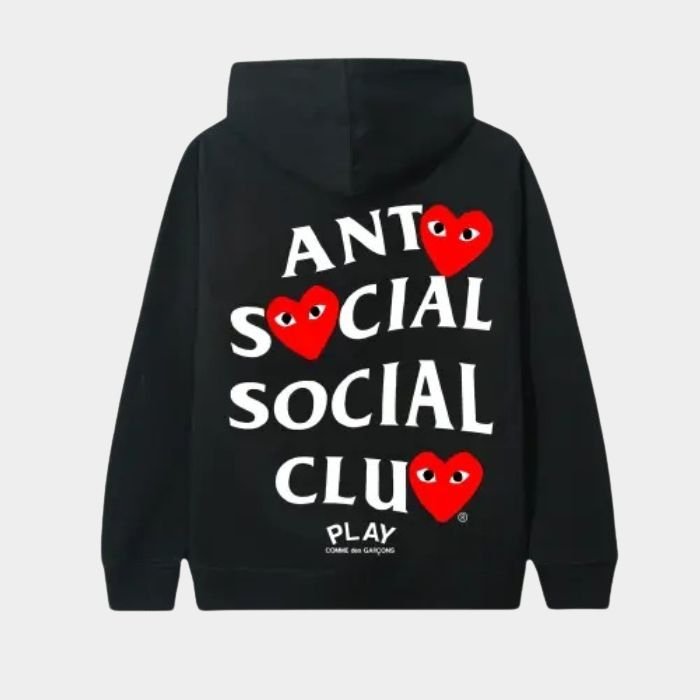Comme Des Garçons wasn’t created to blend in—it was born to rupture the familiar. Rei Kawakubo launched the brand in Tokyo during the late ’60s, a time when the fashion industry was still obsessed with polish and convention. Instead of feeding that appetite, she leaned into irregularity. Torn fabrics, asymmetry, muted tones—her early collections were less about beautifying and more about questioning what beauty even meant. That defiance became the brand’s DNA, setting it apart from the start.
The Power of Anti-Fashion
Where most brands chase trends, Comme Des Garçons rejected them outright. It carved a lane known as “anti-fashion,” flipping the runway into a laboratory of disruption. Models stomped out in oversized, deconstructed silhouettes that looked more like moving sculptures than outfits. Critics didn’t always get it—but that was the point. The brand never aimed to be digestible; it aimed to be undeniable. By refusing to conform, Comme built loyalty from those who crave originality.
Minimal Logos, Maximum Impact
Unlike streetwear giants that plaster logos everywhere, Comme Des Garçons mastered restraint. Many of its most iconic pieces carry no branding at all. When they do—think the playful red heart from the Play sub-line—it’s subtle, almost whispered. Yet the impact is massive. The lack of obvious branding forces the design and the wearer’s identity to speak louder. It’s a bold move in a world obsessed with visibility, and that quiet confidence became instantly recognizable.
Storytelling Through Silence
Marketing campaigns? Traditional ads? Not really Comme’s style. Instead, the brand thrives in silence. It lets its collections, installations, and moments of shock speak for themselves. By refusing to spoon-feed narratives, Kawakubo leaves space for interpretation. That ambiguity creates curiosity, drawing people closer. The silence isn’t absence—it’s strategy, and it compels the audience to lean in, to question, to engage on a deeper level.
Collaboration as Cultural Currency
One of Comme Des Garçons’ sharpest plays has been collaborations. From Nike sneakers to Supreme drops, the brand knows how to partner without losing its edge. These collabs don’t feel like cash grabs—they feel like cultural events. Each partnership expands Comme’s universe, pulling new audiences into its orbit while still keeping its avant-garde spirit intact. Few brands can straddle both the art world and streetwear corner with such fluidity. Comme does it with ease.
The Art of Scarcity and Mystery
Comme Des Garçons rarely floods the market. Instead, it operates with scarcity, keeping its pieces elusive. Stores like Dover Street Market become curated temples rather than simple retail spaces, adding to the mystique. You don’t just shop Comme—you hunt for it, experience it, enter a space that feels almost otherworldly. That controlled scarcity amplifies desire, making every acquisition feel like joining a secret society.
Comme as a Mindset, Not Just a Label
At its core, Comme Des Garcons transcends clothing. It’s a mindset, a philosophy rooted in curiosity and defiance. To wear Comme is to align with a worldview that celebrates experimentation, discomfort, and the beauty of the unconventional. That’s why its branding works—it doesn’t rely on surface-level tactics. It taps into something deeper, making people feel like part of a movement rather than consumers of a product. And that’s the real genius.







